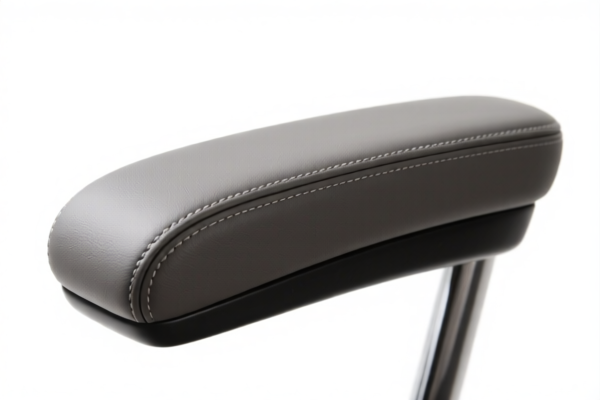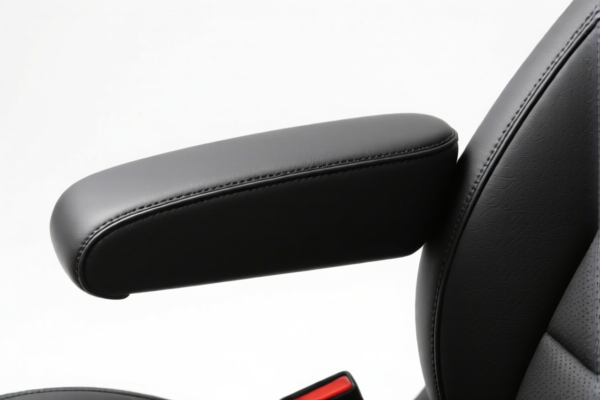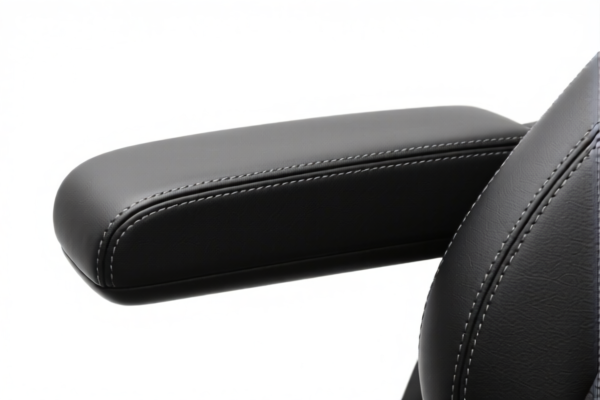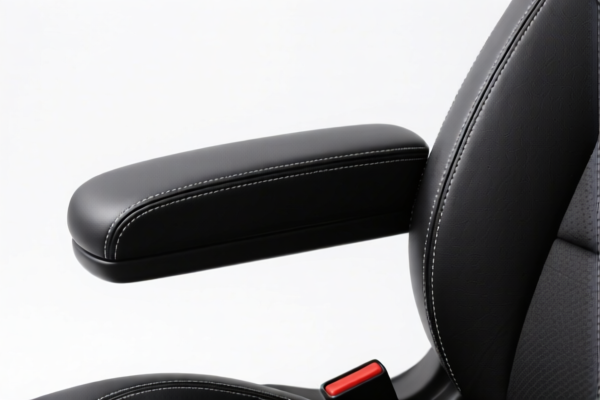| HS Code | Official Doc | Tariff Rate | Origin | Destination | Effective Date |
|---|---|---|---|---|---|
| 9401999005 | Doc | 55.0% | CN | US | 2025-05-12 |
| 9401999021 | Doc | 55.0% | CN | US | 2025-05-12 |
| 9402100000 | Doc | 30.0% | CN | US | 2025-05-12 |
| 9402900020 | Doc | 30.0% | CN | US | 2025-05-12 |
| 8304000000 | Doc | 33.9% | CN | US | 2025-05-12 |
| 9403999010 | Doc | 80.0% | CN | US | 2025-05-12 |
| 9403999015 | Doc | 80.0% | CN | US | 2025-05-12 |
| 5601290090 | Doc | 59.0% | CN | US | 2025-05-12 |
| 5601290010 | Doc | 59.0% | CN | US | 2025-05-12 |
| 5609004000 | Doc | 58.9% | CN | US | 2025-05-12 |
| 5609001000 | Doc | 57.9% | CN | US | 2025-05-12 |
| 5404900000 | Doc | 55.0% | CN | US | 2025-05-12 |
| 5404198080 | Doc | 61.9% | CN | US | 2025-05-12 |
| 5906993000 | Doc | 58.3% | CN | US | 2025-05-12 |
| 5902900000 | Doc | 55.0% | CN | US | 2025-05-12 |
| 5902100000 | Doc | 60.8% | CN | US | 2025-05-12 |
| 6113009084 | Doc | 44.6% | CN | US | 2025-05-12 |
| 6113009086 | Doc | 44.6% | CN | US | 2025-05-12 |
| 5903903090 | Doc | 57.7% | CN | US | 2025-05-12 |
| 5903902500 | Doc | 62.5% | CN | US | 2025-05-12 |
| 5602101000 | Doc | 67.0% | CN | US | 2025-05-12 |
| 5602109090 | Doc | 65.6% | CN | US | 2025-05-12 |
| 3926301000 | Doc | 44.0% | CN | US | 2025-05-12 |
| 3926909989 | Doc | 42.8% | CN | US | 2025-05-12 |
| 3924104000 | Doc | 33.4% | CN | US | 2025-05-12 |
| 3924905650 | Doc | 40.9% | CN | US | 2025-05-12 |




Armrest Pad
An armrest pad is a cushioning component designed to enhance comfort when using an armrest, typically found on chairs, sofas, or within vehicles. These pads are generally attached to existing armrests to provide additional support and reduce pressure points.
Material
Armrest pads are manufactured from a variety of materials, each offering different levels of comfort, durability, and cost:
- Memory Foam: A popular choice due to its ability to conform to the user’s arm shape, providing excellent pressure relief and support. Often covered with fabric or leatherette.
- Gel: Offers a cool, cushioning surface. Frequently used in applications where prolonged use is expected, such as office chairs.
- Fabric (e.g., Polyester, Nylon): Provides a soft, breathable surface. Often used in conjunction with foam padding.
- Leather/Leatherette: Offers a premium look and feel, and is relatively durable and easy to clean.
- Polyurethane: A durable synthetic material often used for its resilience and resistance to wear and tear.
Purpose
The primary purpose of an armrest pad is to improve user comfort and reduce strain. Specifically, they aim to:
- Reduce Pressure Points: Alleviate discomfort caused by hard armrests digging into the elbow and forearm.
- Provide Support: Offer additional cushioning and support for the arm, promoting better posture.
- Enhance Ergonomics: Contribute to a more comfortable and ergonomic seating experience.
- Protect Armrests: Some pads can help protect the underlying armrest from wear and tear.
Function
Armrest pads function by distributing weight and pressure over a larger surface area. This reduces the concentration of force on specific points of the arm, leading to increased comfort. The material’s properties, such as density and elasticity, play a significant role in the level of support and cushioning provided.
Usage Scenarios
- Office Chairs: Common in office environments to improve comfort during long work hours.
- Gaming Chairs: Enhance comfort and support during extended gaming sessions.
- Car Seats: Provide additional comfort on long drives.
- Sofas/Armchairs: Improve the comfort of home furniture.
- Wheelchairs: Offer pressure relief and support for wheelchair users.
Common Types
- Universal Fit Pads: Designed to fit a wide range of armrest sizes and shapes, often secured with straps or elastic.
- Chair-Specific Pads: Tailored to the dimensions of specific chair models for a more precise fit.
- Gel Pads: Filled with gel for cooling and cushioning.
- Memory Foam Pads: Conform to the user's arm shape for customized support.
- Leather/Leatherette Pads: Offer a premium look and feel.
- Adjustable Pads: Feature adjustable straps or cushioning to customize the fit and support.
Based on the provided information, determining the precise HS code for "armrest pad" requires careful consideration of its material and intended use. Here are potential HS codes based on the available data:
- 3926301000: This code covers “Fittings for furniture, coachwork or the like: Handles and knobs”. If the armrest pad is primarily a handle or knob-type fitting for furniture, this could be applicable. Chapter 39 relates to plastics and articles thereof. Heading 3926 specifically addresses plastic fittings for various applications, including furniture.
- 3926909989: This code covers “Other articles of plastics and articles of other materials of headings 3901 to 3914: Other: Other”. If the armrest pad is made of plastic and doesn’t fall under more specific categories within Chapter 39, this could be a suitable classification. This is a broad category for miscellaneous plastic articles.
- 5602101000: This code covers “Felt, whether or not impregnated, coated, covered or laminated: Needleloom felt and stitchbonded fiber fabrics: Laminated fabrics”. If the armrest pad is constructed from felt, particularly laminated felt, this code may be relevant. Chapter 56 pertains to vegetable fibres, paper fibres, textile fibres and related products.
- 5602109090: This code covers “Felt, whether or not impregnated, coated, covered or laminated: Needleloom felt and stitchbonded fiber fabrics: Other Other”. If the armrest pad is constructed from felt, but is not laminated, this code may be relevant.
Regarding HS code 3926301000 and 3926909989, please note that the material composition of the armrest pad is crucial for accurate classification. If the pad is made of plastic, verifying the specific type of plastic may be required.
Regarding HS code 5602101000 and 5602109090, if the armrest pad is made of felt, it is important to determine whether it is laminated or not.
Customer Reviews
No reviews yet.